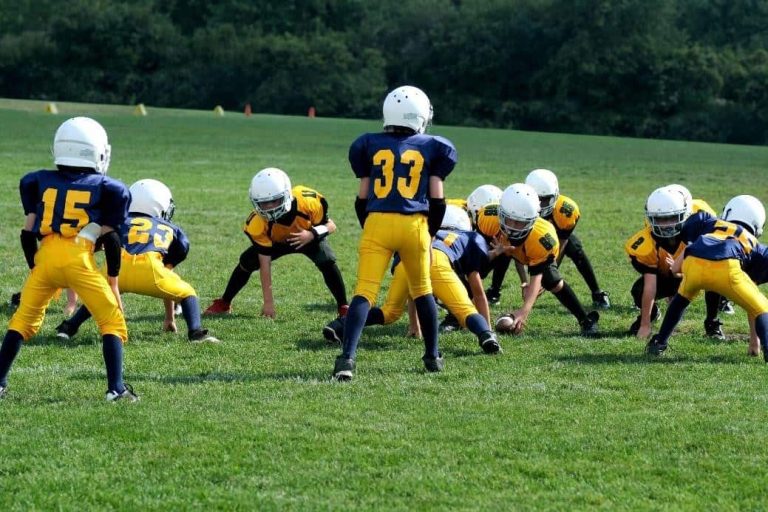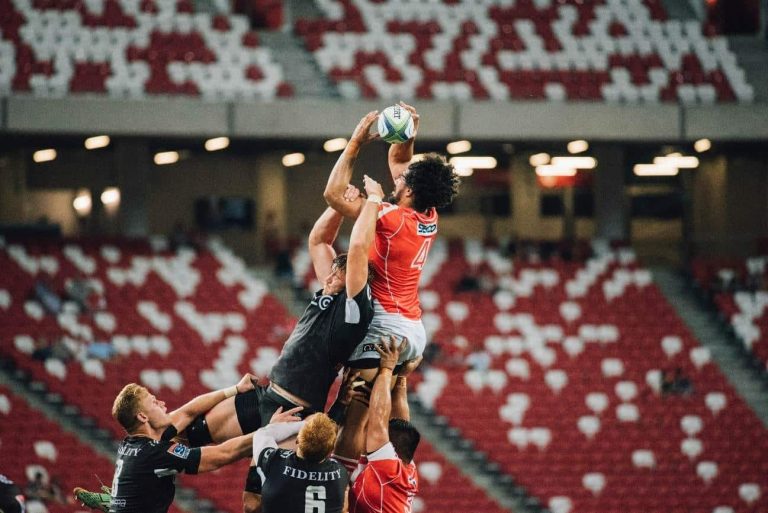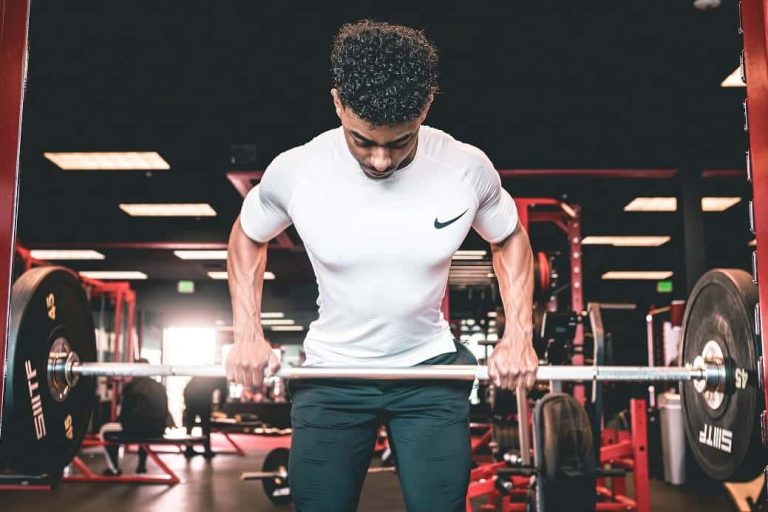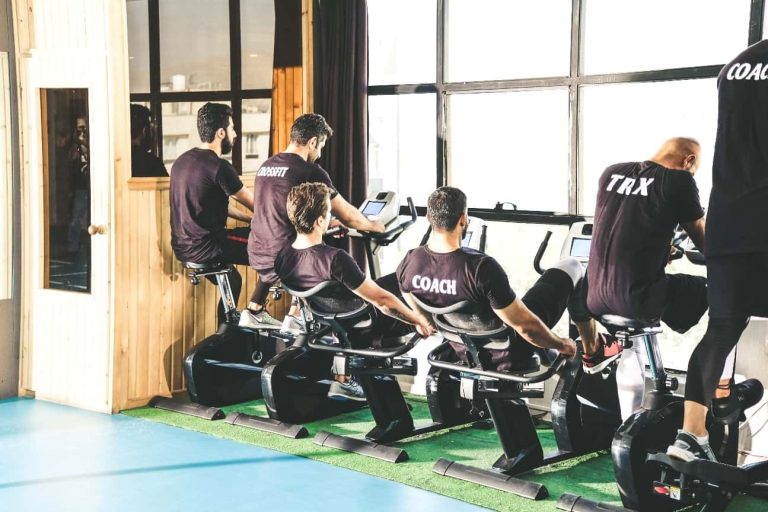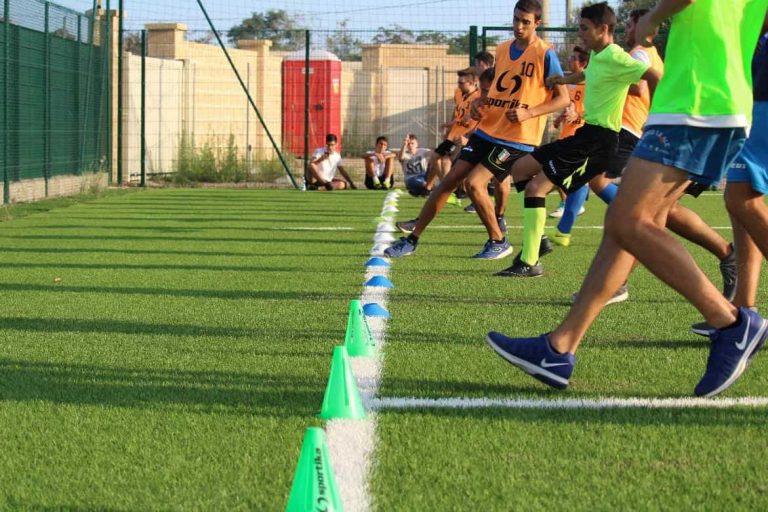
Blog
How To Conduct Efficient Performance Tests for Your Athletes
There Are as Many Performance Tests as Athletes Performance testing should be part of sports planning to obtain information about the athlete’s condition and the effectiveness of training. Recreational athletes train a few days a week because it is not their real way of life. Elite athletes train almost every day but cannot afford to …


